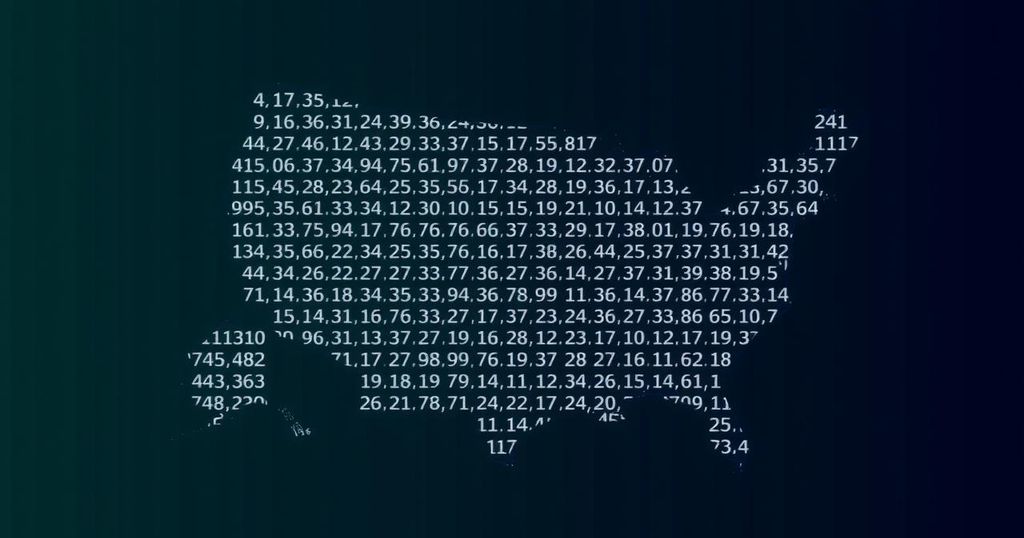Bitcoin Price Dips Below $54,000 Amid Economic Concerns: Implications of Recent US Jobs Report
Bitcoin (BTC) has recently been observed trading below the $54,000 threshold, marking its lowest valuation since early August. This decline follows the publication of the August US jobs report, which has intensified concerns regarding the potential for an economic recession in the United States, suggesting that the Federal Reserve may be lagging in its efforts to mitigate this issue.
The non-farm payrolls data indicated a net increase of 142,000 jobs in August, falling short of market expectations, which were set at approximately 160,000 jobs. Although this figure is not necessarily alarming, the market reacted negatively due to substantial downward revisions made to the payroll figures for June and July, which collectively accounted for 86,000 fewer jobs than was previously reported. While the unemployment rate did improve slightly to 4.2% from 4.3% in July, investor sentiment remained pessimistic.
As of the latest trading data from TradingView, Bitcoin’s value had decreased by approximately 3.7% for the day, reflecting broader negative trading trends across risk assets. The S&P 500 index suffered a significant drop of 1.5%, culminating in a 4% loss for the week, while the Nasdaq 100 index declined by 2.3%. Furthermore, West Texas Intermediate (WTI) futures prices reached levels not seen since June 2023, and US 10-year treasury yields also fell to their lowest point in recent months, recorded at 3.65%.
These market movements point to a growing expectation among investors regarding a potential slowdown or recession, affecting both domestic and international growth. However, some analysts argue that the interpretation of this data may be excessively bearish. According to Alianza advisor and former Pimco CEO, Mr. Mohamed El-Erian, the figures still align with a scenario in which the US economy manages to sidestep a recession.
In the sphere of cryptocurrencies, analysts from LondonCryptoClub characterize the current sell-off as a potential “bear trap,” hinting that the market may be poised for a rebound under certain conditions.
Considering the implications for Bitcoin (BTC) amidst a potential recession, it is crucial to note that should the US economy enter a recession by 2025, measures such as significant interest rate cuts, quantitative easing (QE), and increased government spending could provide substantial support for Bitcoin’s value. Bitcoin has historically been regarded as a hedge against currency devaluation, with instances from 2020 and 2021 illustrating this phenomenon; Bitcoin surged to all-time highs as fiscal and monetary stimulus levels soared, only to retract sharply when such support was removed as interest rates began to rise.
Nevertheless, it is essential to recognize that we are currently distant from this scenario. Increased uncertainty regarding both the likelihood of an impending recession and the response from the government and the Federal Reserve may exert downward pressure on risk assets, including Bitcoin. Long-term investors may consider accumulating Bitcoin during price dips, with an eye towards the possibility of surpassing the $100,000 mark in the upcoming years. However, the immediate outlook remains uncertain, as anticipated interest rate cuts from the Federal Reserve may not serve as a significant catalyst for Bitcoin until clarity surrounding recession risks emerges.
Political factors also play a pivotal role in the cryptocurrency landscape. Indicators suggest that the pro-cryptocurrency candidate, former President Donald Trump, is favored over his Democratic opponent, Vice President Kamala Harris. A victory of Mr. Trump in future elections could act as a positive driver for Bitcoin’s price.
In conclusion, the present risks for Bitcoin remain biased towards the downside, with the possibility of retesting values below $50,000 in the near term. Investors should remain cautious as the market navigates these turbulent waters.








Post Comment